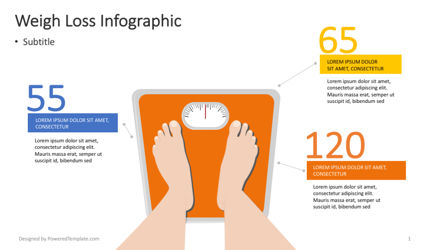How Does Cold Laser Weight Loss Work
How Does Cold Laser Weight Loss Work
Blog Article
Common Conditions Treated With Cold Laser Method
Cold laser therapy sounds like a new-age treatment, but it's been around for more than four years. It's secure, pain-free and reliable in stimulating a range of tissue cells that promote healing.
Called low-level laser treatment (LLLT), cool laser technology looks like a flashlight and is utilized by physiotherapists, chiropractors and dental professionals. It's an exceptional therapy alternative for people who wish to reduce pain, decrease swelling and boost function without drug or surgery.
Joint inflammation
Cold laser treatment makes use of light to promote the cells in the body. It is frequently used to soothe pain, accelerate recovery and reduce inflammation in hurt tissues. Our advanced devices, known as low-level laser treatment or LLLT, uses light of specific wavelengths that are secure for your skin.
The energy of the light waves pass through deep right into the tissue where they can cause positive responses that enhance healing, such as raising blood flow to the area. It additionally turns on the mitochondria within your cells, giving them more power and improving your body's natural healing procedures.
Unlike opioid drugs, which mask pain briefly, cold laser treatment in fact recovers damaged tissues, resulting in permanent relief of your signs and symptoms. Treatment sessions take just a couple of mins, and you'll be safeguarded by goggles throughout your therapy.
Tendinitis
Tendonitis is an agonizing condition characterized by swelling of the tendons, bands of strong connective cells that connect muscle to bone. Symptoms consist of pain, swelling and reduced function. Therapy choices include remainder, wrapping or boosting the afflicted location, topping and medication (consisting of anti-inflammatories).
Cold laser therapy promotes cells in the hurt location to boost the manufacturing of power (ATP) and reduce inflammation. It additionally enhances blood circulation to the location, bringing more oxygen and nutrients to recover the tendon. On top of that, LLLT has been shown to break down calcium down payments in the location, which can further reduce discomfort and promote recovery. Most of the times, the combination of both therapies (cryotherapy and laser) can lower pain and swelling better than either treatment alone.
Sprains & Stress
Often triggered by overstretching or tearing of tendons that attach bones in joints, sprains can cause discomfort, swelling and wounding. Severe strains might require surgical procedure or immobilization, while mild sprains can be dealt with at home with remainder, ice, compression and elevation.
Cold laser therapy (additionally referred to as low-level light treatment) increases the development of new tissue to advertise recovery, relieve signs and minimize swelling in clients with strains or pressures. It additionally increases blood flow to the hurt area, which provides important nutrients to assist recover broken cells. Throughout therapy, the clinician will use safety safety glasses over your eyes and touch a small wand with light-emitting diodes to your skin or joint. Therapies last simply a few minutes and are practically painless. Some medical insurance intends cover cool laser treatment for musculoskeletal injuries.
Carpal Tunnel Syndrome
Repetitive strain injury is a condition that creates pain, pins and needles or weakness in your hand. It occurs when the mean nerve in your wrist becomes pressed. This nerve controls movement and feeling in your thumb, index, middle and ring fingers. Symptoms may start during the night and vanish throughout the day or be constant.
Repetitive motions, especially forceful flexing of the wrist or hand and holding objects cold laser therapy to quit smoking near me in position for long periods of time may cause carpal tunnel syndrome. Other contributing factors include diabetes, thyroid problems and maternity.
Cold laser treatment deals with repetitive strain injury by boosting blood circulation to the area and accelerating cellular processes that advertise recovery. This pain-free procedure is utilized by physical therapists to decrease pain and enhance function in patients with repetitive strain injury.
Wound Recovery
Injury healing is a complex, dynamic process that calls for a collection of exactly set stages in order to cause full and useful substitute of the damaged tissue. Cold laser treatment help in accelerating this process and lowers the development of mark tissue.
When applied directly to a painful location, laser light permeates deep into the tissue and activates the cells in the cured location. This promotes cell regrowth and boosts your body's all-natural capacity to recover itself, which accelerates the repair and recovery of soft tissue injuries like tendonitis or repetitive strain injury. Along with discomfort alleviation, laser treatment minimizes swelling and separates mark tissue. It additionally raises blood circulation and improves flexibility and flexibility. The effects of laser therapy are long lasting and can even be long-term, if therapies proceed in time.